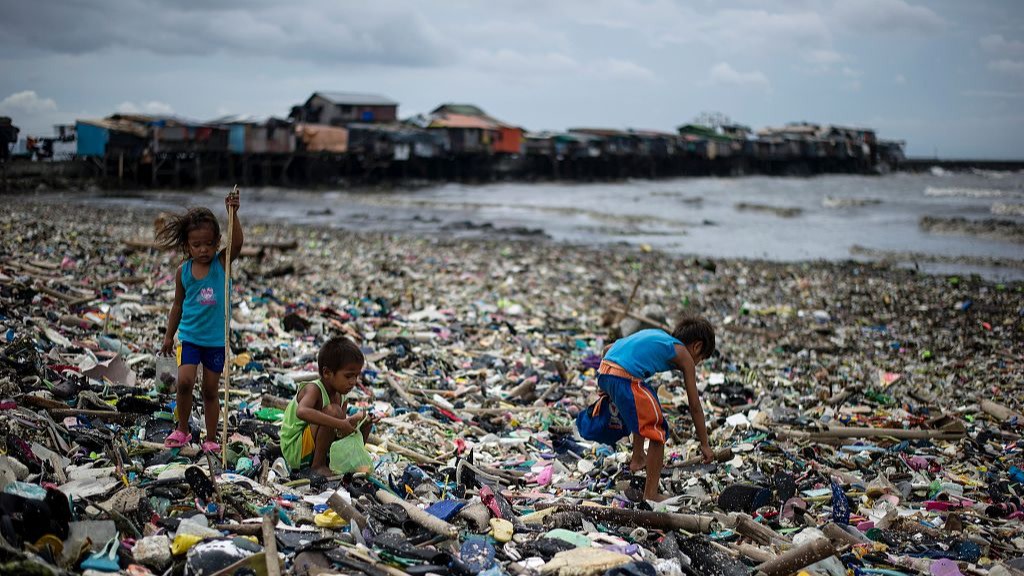Enhancing Environmental Factors Could Help Avoid 1 in 4 Deaths Among Children, says UNICEF

According to a new report, increasing environmental factors such as air, water, sanitation, hygiene, or chemical use might prevent one out of every four deaths of children under the age of five worldwide. According to a report published by the United Nations Children's Fund (UNICEF), overconsumption in the world's wealthiest countries is endangering children.
The OECD's 43 member countries and the European Union were covered by the Innocenti Report Card 17-Places and Spaces: Environments and Children's Well-Being (EU).
The study says none of the countries studied provided healthy surroundings for all children on all indicators.
Based on CO2 emissions, e-waste, and overall resource consumption per capita, Australia, Belgium, Canada, and the United States are among the wealthy countries that ranked low in providing a healthy environment for children within and outside their borders.
Finland, Iceland, and Norway are among the countries that provide healthier surroundings for their children while yet contributing disproportionately to global environmental destruction.
According to the study, more than one in every 20 children in nine of the world's wealthiest countries has increased levels of lead in their blood, one of the most deadly environmental toxic chemicals.
The researchers discovered that many children are exposed to harmful air both inside and outside their homes. "The highest number of years of healthy life lost (per 1,000 children under 15) due to air pollution is in Colombia (3.7) and Mexico (3.7)."
Around 90% of the world's children — two billion — live in areas where outdoor air pollution levels are significantly higher than WHO guidelines.
According to a recent study published in the journal Cardiovascular Research on March 3, 2020, air pollution is responsible for a bigger reduction in life expectancy than diseases, wars, and other forms of violence.
According to the report, Pesticide pollution affects more than one in every twelve children in Belgium, the Czech Republic, Israel, Poland, and the Netherlands. This toxicity has been related to cancer, particularly juvenile leukaemia, and it has the potential to disrupt essential physiological systems.
Damp and mould are key environmental risk factors for upper respiratory infections, asthma, and bronchitis. More than one in five youngsters in Denmark, France, Spain, the United Kingdom, Iceland, Hungary, and Portugal were exposed to moisture and mould, while more than one in four in Cyprus, Hungary, and Turkey.
According to the study, rich countries generated 53.6 million tonnes of electronic waste in 2019, with this figure anticipated to treble by 2035. Hazardous elements in e-waste, such as mercury, cadmium, and lead, harm the human body and brain, with children bearing the brunt of the damage.
In 13 countries, safe drinking water, sanitation, and handwashing facilities are far from being fully implemented. Mexico (3.8 years per 1,000 children), Colombia (3.7), and Turkey (3.7) lost the most years of healthy life (2.7).
UNICEF advised national, regional, and municipal governments to enhance children's habitats by decreasing waste, air, and water pollution, as well as providing safe homes and communities.
The worldwide body said that child-sensitive environmental policies must ensure that children's needs are factored into decision-making and that their perspectives are taken into account when developing policies that would disproportionately affect future generations.
Source: Down to Earth

